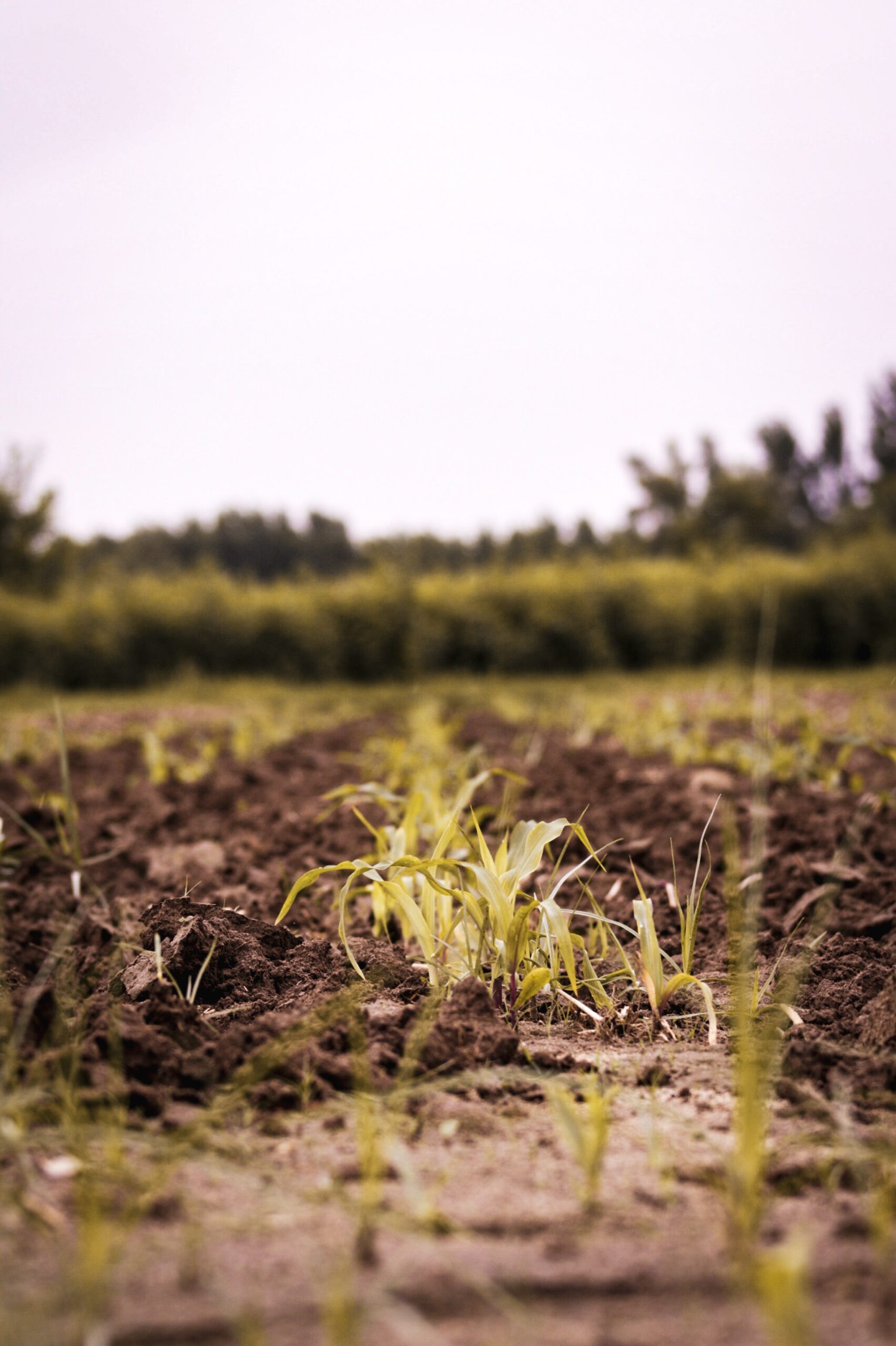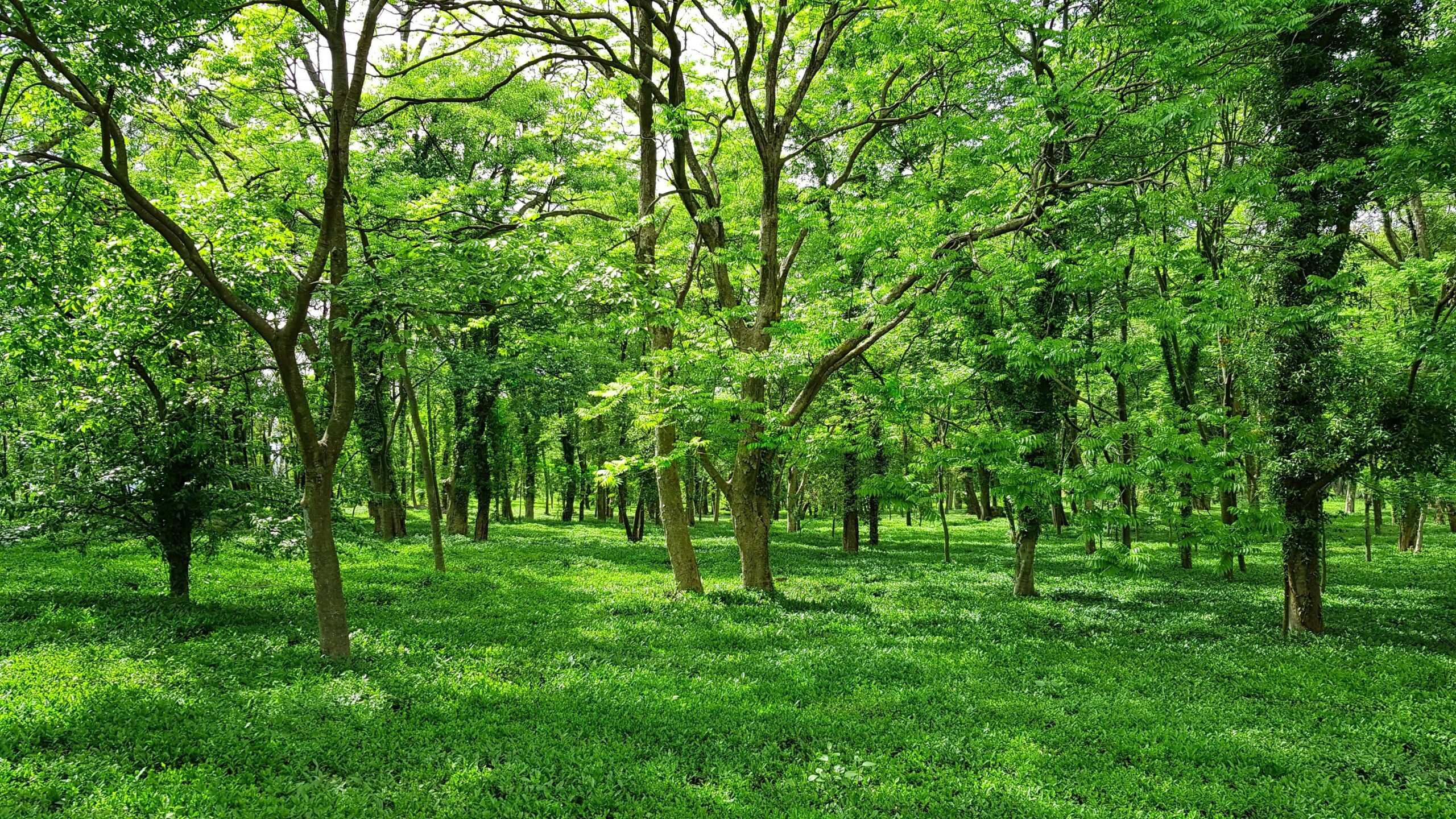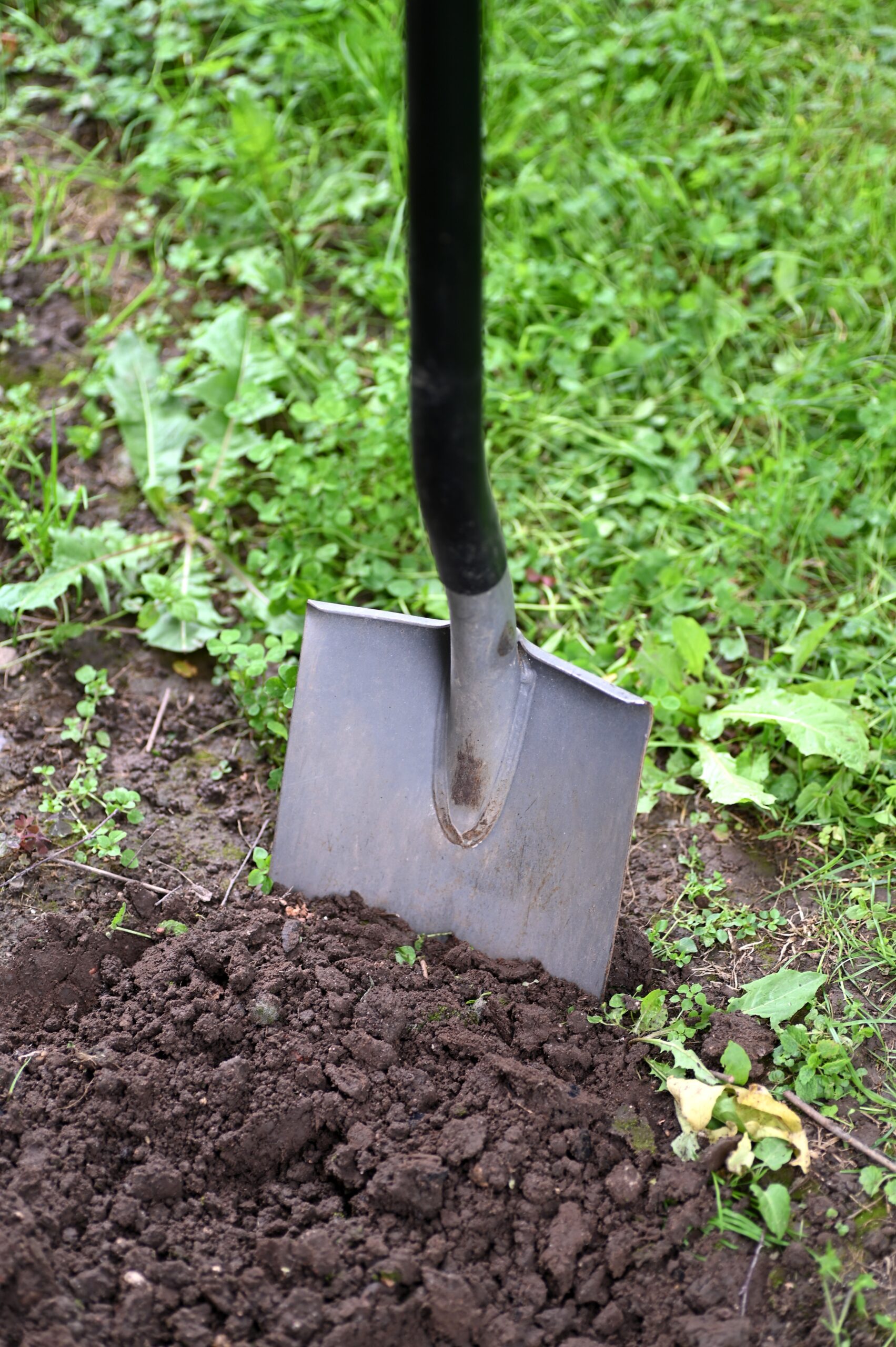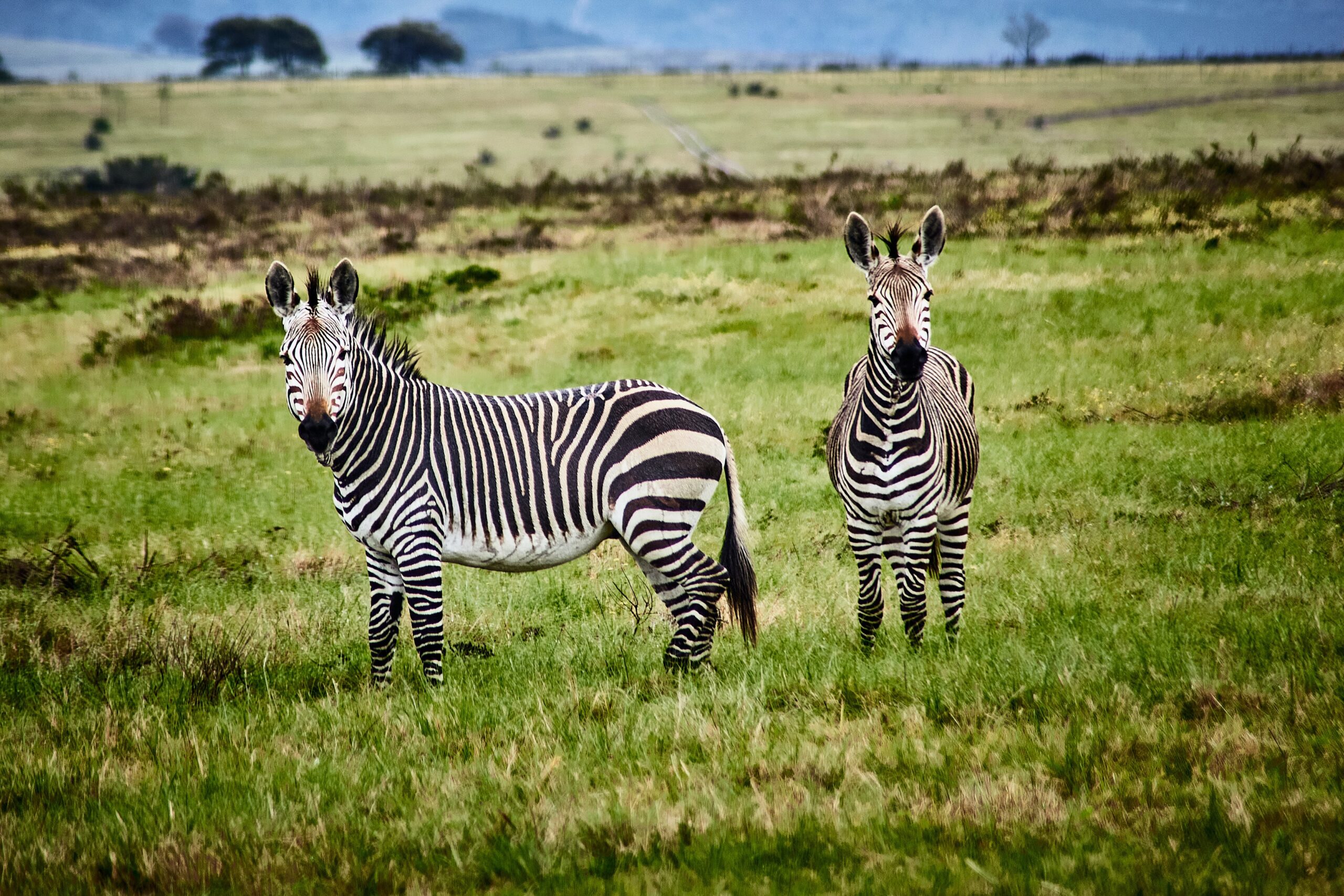The commonly expressed goal of biodiversity offsets is to achieve no net loss of specific biological features affected by development. However, strict equivalency requirements may complicate trading of offset credits, increase costs due to restricted offset placement options, and force offset activities to focus on features that may not represent regional conservation priorities. Using the oil sands industry of Alberta, Canada, as a case study, we evaluated the economic and ecological performance of alternative offset systems targeting either ecologically equivalent areas (vegetation types) or regional conservation priorities (caribou and the Dry Mixedwood natural subregion). Exchanging dissimilar biodiversity elements requires assessment via a generalized metric; we used an empirically derived index of biodiversity intactness to link offsets with losses incurred by development. We considered 2 offset activities: land protection, with costs estimated as the net present value of profits of petroleum and timber resources to be paid as compensation to resource tenure holders, and restoration of anthropogenic footprint, with costs estimated from existing restoration projects. We used the spatial optimization tool MARXAN to develop hypothetical offset networks that met either the equivalent-vegetation or conservation-priority targets. Networks that required offsetting equivalent vegetation cost 2–17 times more than priority-focused networks. This finding calls into question the prudence of equivalency-based systems, particularly in relatively undeveloped jurisdictions, where conservation focuses on limiting and directing future losses. Priority-focused offsets may offer benefits to industry and environmental stakeholders by allowing for lower-cost conservation of valued ecological features and may invite discussion on what land-use trade-offs are acceptable when trading biodiversity via offsets.
Economic and ecological outcomes of flexible biodiversity offset systems.
Year: 2013

































































































































































































































































































































































































































































































































































































































































































































































































































































































































































































































